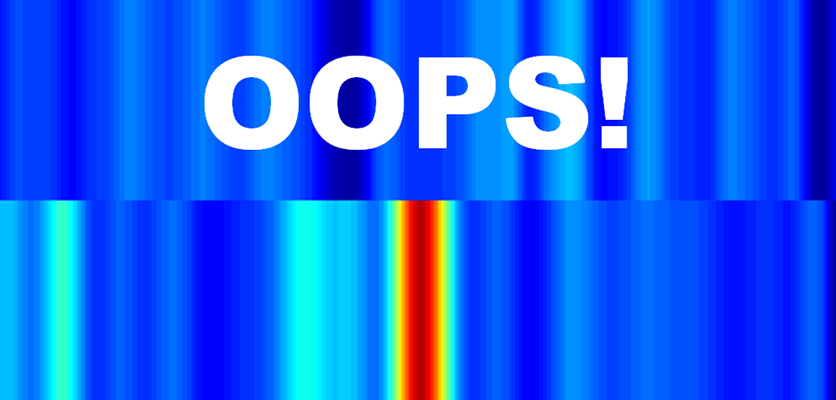MIT research sheds light on retrieving correct memories and how animals “think” when they self-correct their on-going behaviors.
Mice running mazes sometimes go left when they should go right. MIT’s Picower Institute for Learning and Memory researchers report in the April 24 online version of Cell that a certain pattern of brain waves pinpointed the precise moment the rodents chose the correct path to the reward–as well as when they noticed their errors. They also discovered that these brain waves appear in a delayed manner when animals changed their mind and self-corrected to correctly perform the task.
In humans and animals, rhythmic electrical oscillations produced by millions of neurons firing in sync are thought to play a role in memory formation and retrieval. For the first time, Picower Institute neuroscientists linked a specific synchronized oscillation pattern with its correlating behavior.
The work may lead to new therapies for patients suffering from Alzheimer’s disease and other memory impairments. What’s more, the results indicated that the trained mice in the study recognized and reversed their “oops” moments, raising tantalizing questions about the extent to which animals can analyze and control their own cognitive processes…



